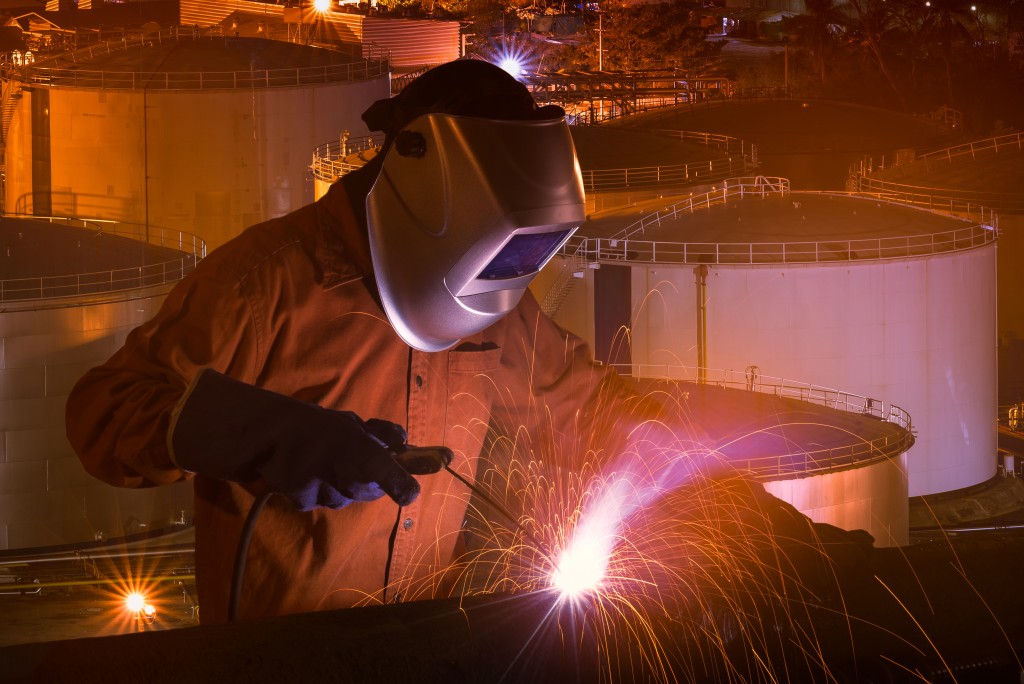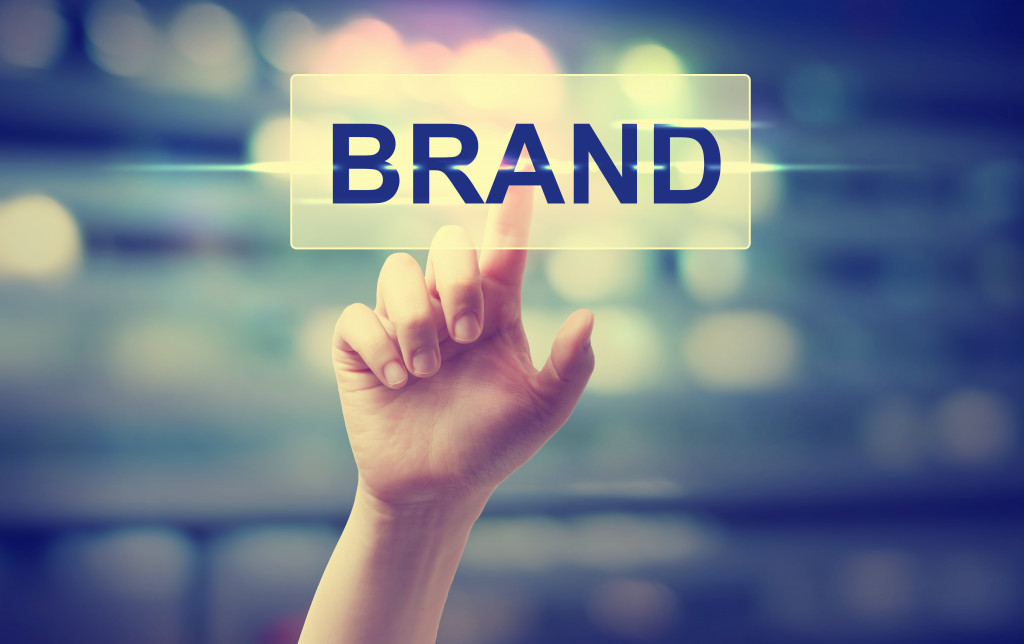Vision is an essential function to help us carry out daily tasks. The eyes are extremely delicate, and even a minor injury can result in permanent vision loss. So, eye injury hazards are present almost anywhere, including your workplace. Whether you do manual labour or work an office job, your eyes are always at risk of blindness, and here are some of the ways to protect them.
Identify eye injury hazards
Walk through the workplace and talk to employees to identify eye injury hazards. These can be anything that can scratch, puncture, or cut the surface of the eye, particles or foreign bodies that can be embedded in or on the eye, chemical burns, and bright or UV lights.
The jobs that are most at risk include dusty environments, chemicals, excessively bright or dim lights, UV lights, compressed air, and machines and tools that chisel, cut, grind, drill, hammer, smelt, sand, spray, or weld.

Control the hazards
Once you have identified the hazards, you can come up with ways to control them. For toxic chemicals and high-risk equipment, find safer alternatives to replace them with. If a high-risk equipment cannot be replaced, move it to an isolated area and install safety barriers. Regularly maintain equipment and make sure that shields, guards and all safety equipment are in good working order. Place signposts around the equipment and work areas that require eye protection.
If the air in your workplace constantly gets dusty, use water to dampen the area. Use exhaust hoods, extractor fans, or similar appliances to manage fumes and dust.
Hazardous substances come with Material Safety Data Sheets (MSDS) supplied by manufacturers, and you should comply with all instructions to contain hazards,
The management should regularly run safety training sessions and provide adequate first aid supplies.
Use eye protection
Always use eye protection products that comply with Australian Standards and each product should be appropriate for the task. For one, tasks that include nail guns and explosive power tools, require face shields with the Australian Standards mark and the letter ‘V’, meaning it provides high impact protection.
For your welding safety apparel, get filters and shields bearing the Australian Standards mark. Appropriate chemical handling protection includes eye shields. Wide-vision goggles, and face shields marked with the letter ‘C’. Goggles with the letter ‘D’ and the Australian Standards mark provide ample protection against dust.
For those working long hours in front of computer screens, you should wear prescription glasses or sunglasses that lower blue light and have anti-radiation lens.
Avoid wearing contact lenses, as they may worsen eye injuries. For instance, an accidental chemical splash in the eye would concentrate within or beneath your contact lenses. Low quality contact lenses may also have harmful reactions to fumes and smoke.

What to do when your eye gets injured
Never rub the eye should an injury or irritation occur. If particles get in your eyes, flush them out with clean water. For chemical splashes, flush the eye with clean running water for 15 minutes or more. In case of cuts, punctures or embedded objects, do not try to remove the objects, and gently cover the injured eye with an eye pad and secure with tape.
Call triple zero in an emergency or rust to the emergency department of the nearest hospital.
No matter how adept you are at your job, you probably would not be able to do it blind. Protect your eyes at all times, even outside of work. Never turn a blind eye to workplace eye protection.





